
In today’s digital era, applications are the one overpowering different fields, be it corporate workflow or online shopping. From groceries to data management, everything is done with the help of an application. But great power comes with great risk; hence, cybercrime is one of the risks that is carried forward. Here comes the role of application security tools, which not only protect and safeguard the application from cyber-attacks but also ensure that the application remains trustworthy. These platforms scan code, test running applications, or guard against real-time threats, making them indispensable for developers, security teams, and businesses.
This article mentions the 10 best application security tools along with their features, high reputation and user-friendly interface. Irrespective of whether you are building a website, an app, or enterprise software, these application tools can help you prevent cyber threats. Check out this post and see how these application security tools can be of use to you. Let’s get started…
What Are Application Security Tools?
Application security tools are specialized software solutions. They are designed to protect applications from security threats and vulnerabilities. Developers use these tools throughout the development lifecycle and during runtime to ensure the development of more secure application that compliant with industry standards and is resilient against cyberattacks. Application security services allow developers to identify, mitigate, and prevent risks. Some of the risks that are eliminated using these tools include, code injection, cross-site scripting (XSS), SQL injection, and so on. They are categorized into:
- Static Application Security Testing (SAST)
- Dynamic Application Security Testing (DAST)
- Interactive Application Security Testing (IAST), and
- Software Composition Analysis (SCA)
Integrating these solutions into the development process allows organizations to ensure the development of secure applications. If you are looking for robust application security tools, then keep reading the upcoming sections.
Why Are Application Security Tools Essential?
Modern businesses are run through applications, and that’s when they become the main target for cyberattacks. Based on recent research, application attacks are responsible for a large share of security issues, with risks such as SQL injection and cross-site scripting (XSS) being frequent perpetrators. Application security products assist by detecting these weaknesses early, whether in the code, during testing, or at runtime. They provide a variety of testing techniques—static, dynamic, interactive, and runtime protection—to address all phases of the software development lifecycle (SDLC).
Your needs will decide the application that you want to use. For instance, if you have a small team, then an open-source or free solution is your best bet. However, for a large team or for enterprise you may want to opt for a comprehensive solution. The tools that are mentioned below cater to different scenarios, offering a vast range from automated scans to real-time protection. Each tool has been selected based on its users’ reviews, features, and functionality, along with recent updates, to ensure that they protect your application from cyber threats. Continue reading for the list of tools, but before that, let’s understand the things that you will need to consider when choosing a tool. Here we go…
What To Consider While Choosing A Tool?
Before we see these tools, let’s have a look at the factors to consider while choosing a tool:
Look for the types of testing available on these platforms. Some of the common tests include dynamic analysis (DAST) tests running apps, static analysis (SAST) checks code, interactive testing (IAST) combines both, and runtime protection (RASP) guards live applications.
Make sure to opt for the one with a user-friendly interface. Go for the tool with an intuitive interface instead of a complex one because it would save a lot of time.
Look for tools that fit your cost requirements. There are numerous free application security testing tools available out there. However, they come with limited features. You can choose a free tool or go for advanced features at a premium.
Consider the CI/CD pipeline. Make sure the tool integrates into your CI/CD pipeline or development setup.
Look for the one that offers regular updates. Choose a tool that grows and updates with the needs of your organization.
Now, let’s explore these application security tools while keeping these factors in mind.
Top 10 Application Security Tools
Here is our list of some of the best tools to ensure application security. Take a look…
1. Burp Suite by PortSwigger
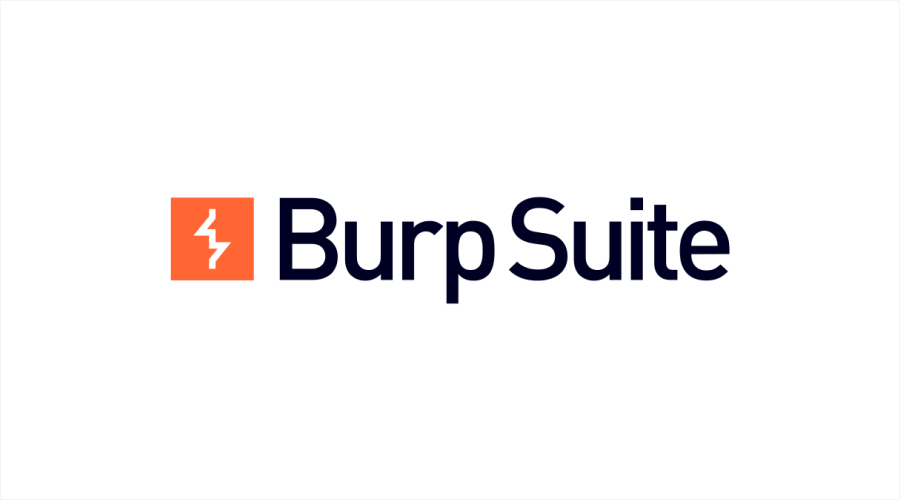
At number 1, we have Burp Suite. It is a PortSwigger’s product popular among security experts. This web application security testing platform is favored for its versatility. It integrates automated scanning and manual testing tools to enable users to detect flaws such as SQL injection and cross-site scripting (XSS). Its web crawler charts out the applications, while its penetration features enable experts to go deeper. Burp Suite has an easy-to-use interface that makes it friendly for newbies, but robust enough for experts. It is integrated into CI/CD pipelines so that security scanning is included in the development workflow. It is a versatile option for teams of any size.
Pricing: The community edition of Burp Suite is available for free. While the commercial versions start at about $2,000/year.
2. SonarQube
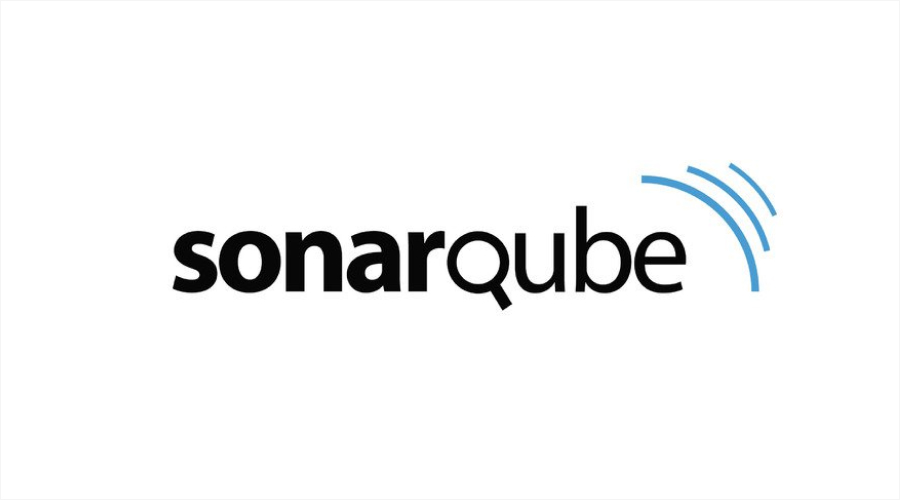
SonarQube is yet another wonderful application security tool for developers. It is an open-source software development platform that is often picked by developers who prefer to identify security bugs early. This open-source solution does static analysis, checking source code for vulnerabilities, bugs, and issues related to code quality in more than 20 programming languages. It integrates perfectly with tools such as Jenkins and Git, giving instant feedback at development time. Moreover, SonarQube’s easy-to-understand dashboards indicate major issues, which enables teams to focus on fixes. Developers like how it saves time by finding issues before production.
Pricing: It is free for community editions, but enterprise options are based on lines of code, so it can scale to big projects. You can contact the seller for the prices.
3. OWASP ZAP (Zed Attack Proxy)
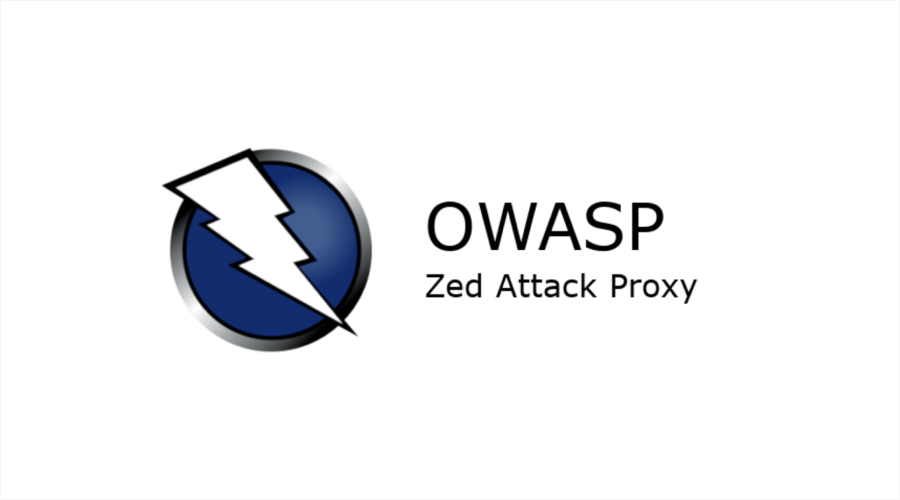
OWASP ZAP is an open-source, free web application security scanner ideal for small and cost-sensitive teams. It is meant to discover vulnerabilities during testing and development and addresses issues such as insecure configurations and broken authentication. ZAP has an easy-to-use interface that allows you to configure scans in no time, and its comprehensive reports lead you through repairing issues. ZAP can be used alone or incorporated into automated test pipelines. Supported by an active community, ZAP is continuously updated to address new risks. For beginners or smaller projects, OWASP ZAP is an efficient and affordable option.
Pricing: It is a free web application.
4. Veracode
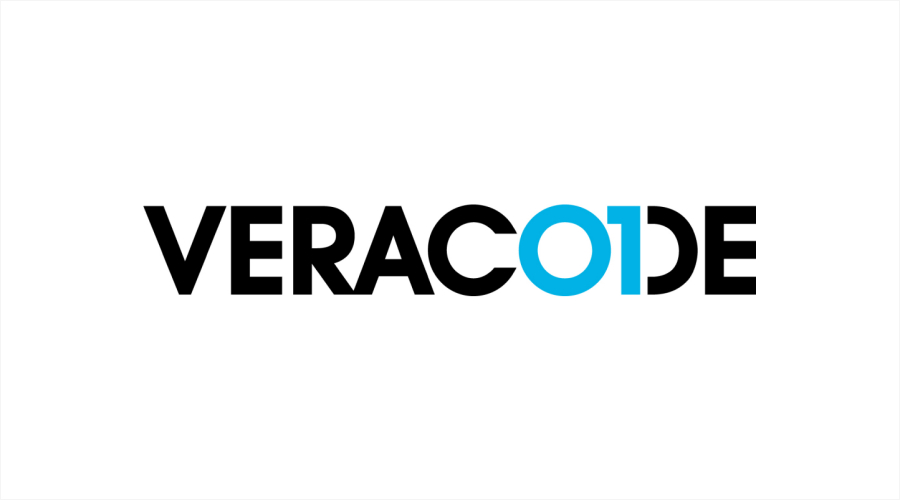
Veracode is a unified platform for protecting applications from cyber threats. It incorporates static analysis (SAST), dynamic analysis (DAST), and software composition analysis (SCA). Veracode scans custom code and third-party components to identify vulnerabilities through the development process. What’s powerful with Veracode is its correlation to the software development lifecycle (SDLC) and its ability to give recommendations on remediation. Its central console provides visibility into your application’s security stance and is an apt fit for corporate environments. All in all, Veracode’s robust features make it a top option for organizations with advanced app portfolios.
Pricing: Although pricing is not publicly reported, estimates put dynamic scans at $500 per app.
5. Checkmarx
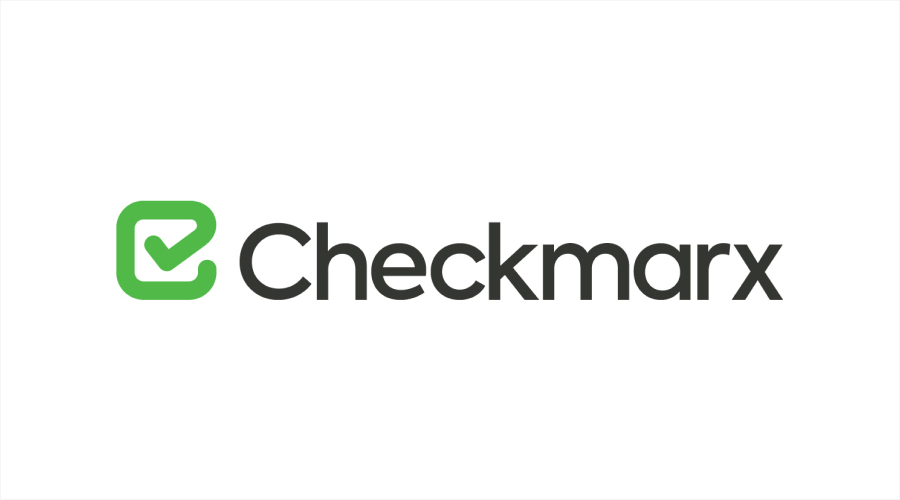
Checkmarx is yet another wonderful application security tool for you. It provides an effective toolset for static, dynamic, and interactive application security testing (IAST). It is best suited to identify vulnerabilities during early development stages, employing sophisticated techniques such as path-sensitive and taint analysis. This accuracy minimizes false positives and enables developers to prioritize actual problems. Checkmarx plugs into common development environments to automate workflows. It’s especially well-known for its capacity to manage big projects. For teams that value early detection, Checkmarx is a reliable option.
Pricing: With costs estimated at $59,000/year for 12 developers, Checkmarx is a great option for teams handling big projects.
6. Invicti (formerly Netsparker)
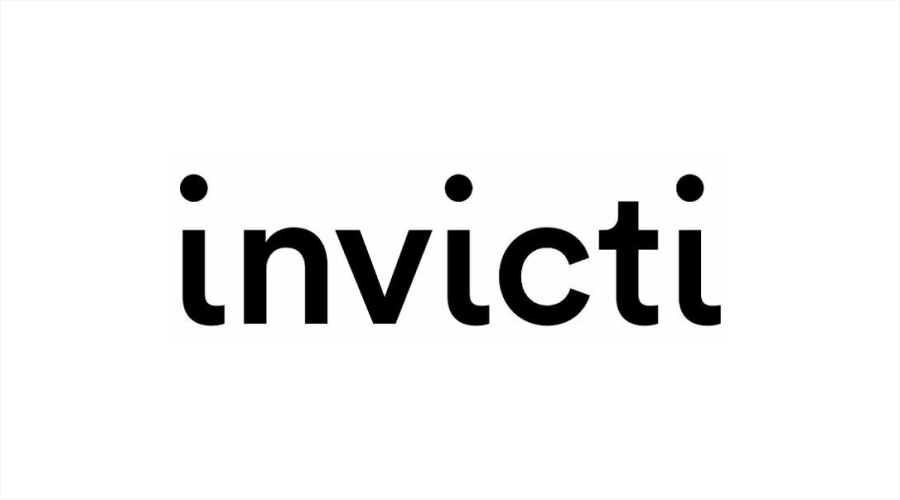
At number 6, we have Invicti. Invicti is a web application security scanner. This tool excels in the realm of dynamic testing. Its proof-based scanning verifies vulnerabilities to minimize false positives, ultimately saving time for security teams. Invicti supports both automated and manual testing, with features like API scanning and detailed remediation guidance. It integrates with CI/CD tools, making it easy to embed security into development pipelines. Invicti’s user-friendly interface and high accuracy make it a favourite for web-focused teams. Its emphasis on real-time testing makes it a good option for web application security.
Pricing: Pricing is not publicized, but a demo can be accessed at Invicti’s site.
7. GitLab
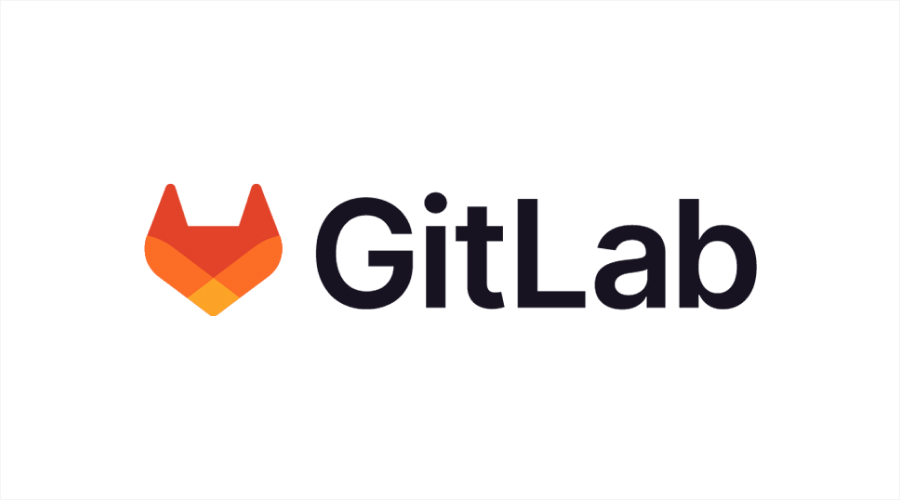
GitLab is one of the most sought-after application security tools available out there. This robust application security solution goes beyond being just a Cloud DevOps platform. Its native security capabilities are static and dynamic testing, along with container scanning, all part of the dev pipeline. This enables developers to identify problems early without having to change tools. GitLab has an easy-to-use interface and plenty of documentation, making it accessible with scalability that accommodates enterprises.
Pricing: The free community edition has standard security features, with advanced capabilities available in premium plans. For teams already on GitLab for DevOps, its security tools are a natural extension. You can contact the seller for pricing.
8. Contrast Security
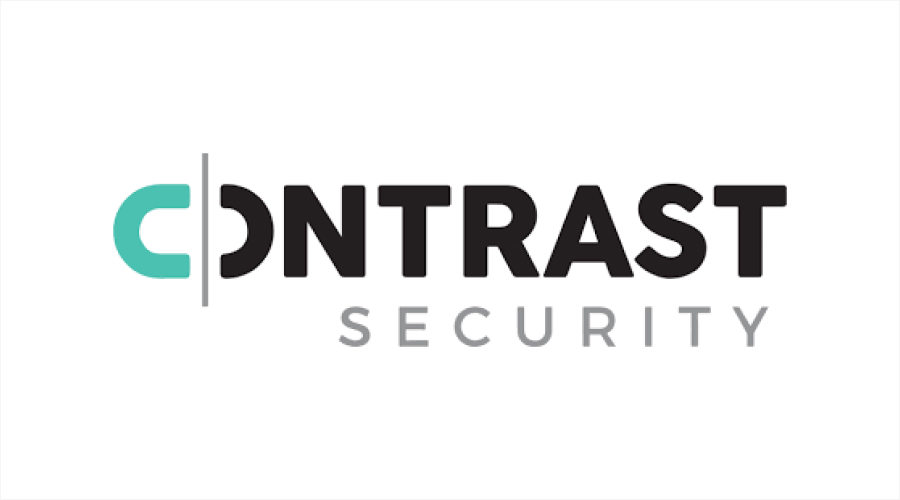
The next on the list of the best application security tools is Contrast Security. Contrast Security is unique in its interactive application security testing (IAST) and runtime application self-protection (RASP). Instrumenting applications, it tracks behaviour in real-time, identifying and blocking attacks without the need for signatures. Contrast Security’s IAST gives rich visibility into vulnerabilities, catching problems that static or dynamic tools may not. Its lightweight agents are easy to integrate and have little performance overhead. It’s best for organizations that require real-time protection for applications to run.
Pricing: Pricing isn’t open; however, Contrast Security is commended for its contemporary security approach.
9. Acunetix
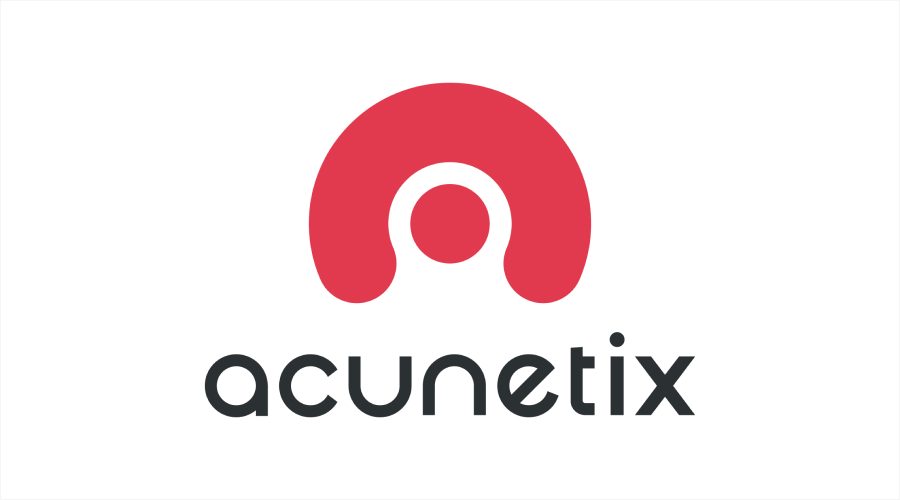
At number 9, we have Acunetix. Acunetix is a popular web vulnerability scanner. It is known for its remarkable testing capabilities. It detects vulnerabilities, such as XSS and SQL injection, with cloud-based or on-premises deployment. Acunetix’s user-friendly interface and comprehensive reports ensure easy interpretability and response to findings. It allows integration with bug trackers and CI/CD pipelines for simplified remediation. Acunetix is especially cherished for its performance and precision when it comes to scanning web applications. Overall, Acunetix is a good, solid option for web security-conscious teams.
Pricing: It needs a quote, though, but it does offer a demo.
10. HCL AppScan
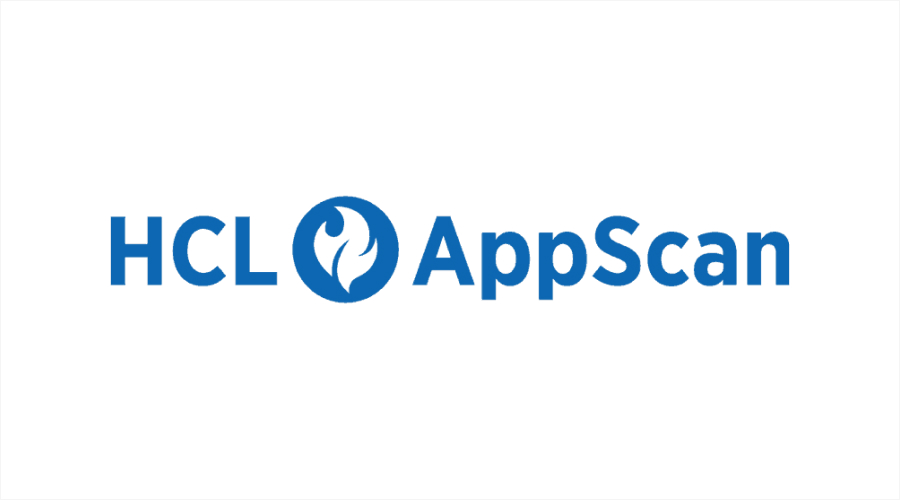
Lastly, we have HCL AppScan. HCL AppScan is an enterprise solution. It provides static, dynamic, and runtime analysis. It is purpose-built to secure large portfolios of applications, complete with API testing and machine learning-based analysis in order to get ahead of new threats. HCL AppScan’s high-level reports and scalability make it ideal for advanced environments. It supports DevOps tools such as Jenkins, and security is in the development lifecycle. It is one of the top picks for organizations with diverse and challenging security requirements.
Pricing: Pricing is not open to the public, but AppScan has solid enterprise capabilities. You can contact the seller for detailed pricing.
Selecting the Right Tool
Tool choice is based on the needs and budget of your team. For startups, free options like OWASP ZAP and SonarQube’s Community Edition are strong choices. Enterprises can use Veracode or Checkmarx for enterprise-wide coverage. No matter which tool you opt for, it is crucial to give a try to a particular tool before making a purchase. Look at free trials or demos to see which one fits best. Also, it is crucial to check their compatibility with the existing tools. Compatibility with your current tools, like Jenkins or GitLab, will make workflows easier. Budget is also important; small teams love free, but larger organizations get more features with premium solutions. Make your choice mindfully!
Last Few Words
So, this is all about the application security tools. Hopefully, this article has been informative for you and helped you choose the best tool that fits your needs perfectly. Application security cannot be negotiated, as the threats keep increasing. The mentioned tools, Burp Suite, SonarQube, OWASP ZAP, Veracode, Checkmarx, Invicti, GitLab, Contrast Security, Acunetix, and HCL AppScan are the best of their kind in their field, with solutions for each need and budget. Your applications can be safeguarded, sensitive data can be secured, and user trust can be protected by implementing these tools within your development and security practices. Make sure to assess your needs prior to investing in a tool. Also, it is wise to look for free trials or demos and select the tools that most closely match your company’s objectives.






